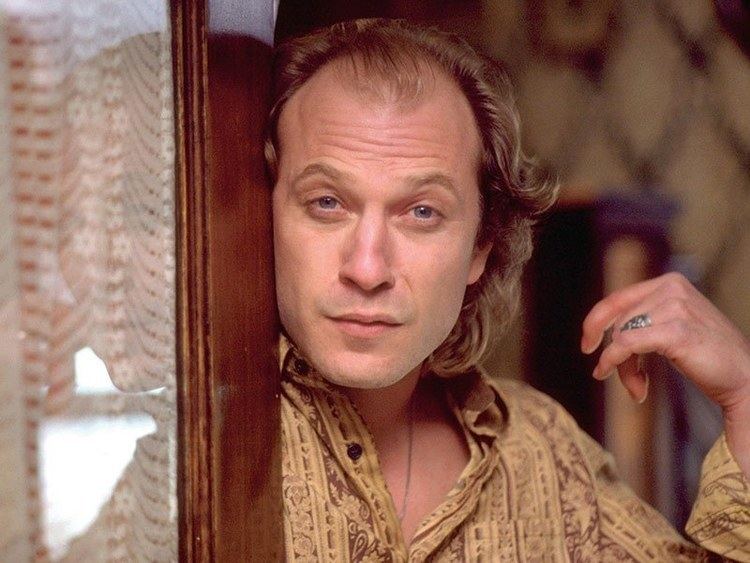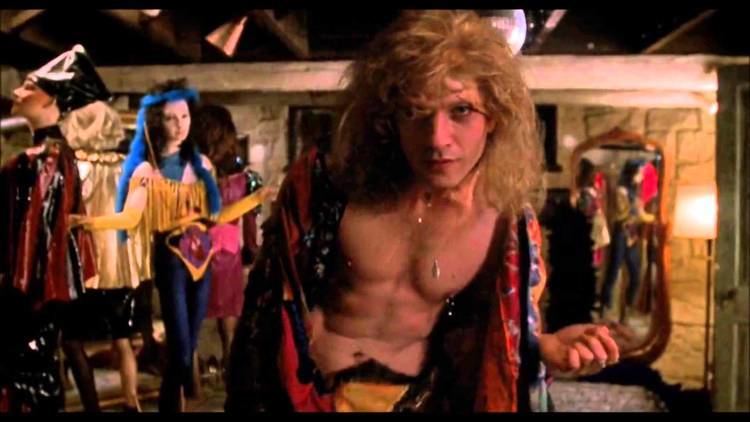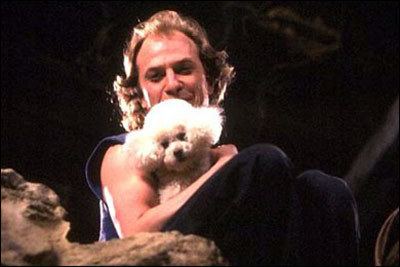Aliases John GrantJack Gordon | Gender Male | |
 | ||
Similar | ||
Jame Gumb (known by the nickname Buffalo Bill) is a character and the primary antagonist of Thomas Harris's 1988 novel The Silence of the Lambs and its 1991 film adaptation, in which he is played by Ted Levine. In the film and the novel, he is a serial killer who murders overweight women and skins them so he can make a "woman suit" for himself.
Contents

Background

According to the novel, Gumb was born in California on October 25, 1949, and abandoned by his mother – an alcoholic prostitute who misspelled "James" on his birth certificate – and taken into foster care at age two. The screenplay omits Gumb's backstory, but does imply that he had a traumatic childhood. Lecter summarizes Gumb's life thus: "Billy was not born a criminal, but made one by years of systematic abuse."

The novel goes on to tell of Gumb living in foster homes until the age of 10 before being adopted by his grandparents, who became his first victims. The story then puts him in Tulare Vocational Rehabilitation, a psychiatric hospital where he learns to be a tailor. Later, Gumb has a relationship with Benjamin Raspail. After Raspail leaves him, he kills Raspail's new lover, Klaus, and flays him.
Both the novel and film depict Gumb as a tortured and self-hating individual. Believing himself to be transgender, he wants to become a woman but is too psychologically disturbed to qualify for gender reassignment surgery. He kills women so he can skin them and create a "woman suit" for himself.
Modus operandi
Gumb's modus operandi is to approach a woman, pretending to be injured and asking for help, then knocking her out in a surprise attack and kidnapping her. He takes her to his house and leaves her in a well in his basement, where he starves her until her skin is loose enough to easily remove. In the first three cases, he leads the victims upstairs, slips nooses around their necks and pushes them from the stairs, strangling them. He then skins parts of their body (a different section on each victim), and then dumps each body into a different river, destroying any trace evidence. This MO caused the homicide squad to nickname him Buffalo Bill (Buffalo Bill's Wild West show typically claimed that Buffalo Bill Cody had scalped a Cheyenne warrior). One officer quipped it was because he "skins his humps." In the case of Gumb's first victim, Fredrica Bimmel, he weighed down her body, so she ends up being the third victim found. In the case of the fourth victim, he shoots her instead of strangling her, then inserts a moth into her throat and dumps the body.
At the start of the novel, Gumb has already murdered five women. Behavioral Science Unit Chief Jack Crawford assigns gifted trainee Clarice Starling to question incarcerated serial killer Hannibal Lecter about the case. (Lecter had met Gumb while treating Raspail.) When Gumb kidnaps Catherine Martin, the daughter of U.S. Senator Ruth Martin, Lecter offers to give Starling a psychological profile of the killer in return for a transfer to a federal institution; this profile is mostly made up of cryptic clues designed to help Starling figure it out for herself, although Lecter does directly inform Clarice about Gumb wanting to have a sex change operation. This is highlighted in one of the most famous scenes from the movie where Gumb dances to the song "Goodbye Horses" by Q Lazzarus, putting on makeup and other women's accessories to complete his "transformation" into a woman. Starling eventually deduces from Lecter's riddles that Gumb knew his first victim, Fredrica Bimmel, and goes to Bimmel's hometown of Belvedere, Ohio to gather information. By this time, Crawford has already found out the killer's true identity and gone with a SWAT team to his house to arrest him, but they find that it is only a business address. Meanwhile, Starling goes to the home of Bimmel's employer, Mrs. Lippman, only to find Gumb — calling himself "Jack Gordon" — living there. (Gumb had murdered Mrs. Lippman earlier.) When Starling sees a moth flutter by, she realizes she has found her man and orders him to surrender. Gumb flees into the basement and stalks her with a revolver and night vision goggles. Just as he is about to shoot Starling, she hears him behind her, turns around and opens fire, killing him.
Influences
Harris based various elements of Gumb's MO on six real-life killers:
Controversy
The film adaptation of Silence of the Lambs was criticized by some gay rights groups for its portrayal of the psychopathic Gumb as bisexual and transgender. A Johns Hopkins sex-reassignment surgeon, present in the book but not the film (his scene was deleted and is found in bonus materials on the DVD), protests exactly the same thing. FBI Director Jack Crawford pacifies him by repeating that Gumb is not in fact transsexual, but merely believes himself to be. In the film, a similar scene is shown with Starling and Lecter in the same roles as the surgeon and Crawford, respectively. In the director's commentary for the 1991 film, director Jonathan Demme draws attention to various Polaroids taken of Buffalo Bill in the company of strippers; these are visible in Gumb's basement in the film.
